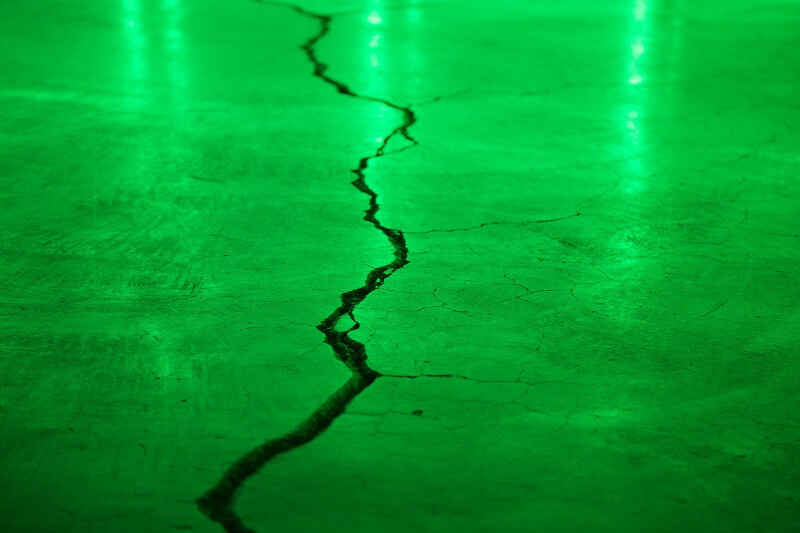
Staining Concrete with Acid Water or Inorganic Salts
Staining concrete is achieved by using a solution made from acid, water, inorganic salts and the natural reaction of minerals already present in the concrete. It is a coloring process, which takes place on a cementitious surface.
Many people think at first it is a type of paint, but the results are achieved by manipulating these effects, to give the impression of colors. If, it is protected by a sealer or wax, it can be very enduring, and Acid stained concrete has been used with great effect both inside and out.
People are often surprised by the results achieved with the effects of acid staining concrete. These can be anything from a marble look, to a variety of earthy browns. Many builders achieve this by mixing their own shades at different rates. One thing they quickly find, is that no two pieces of concrete are ever the same. Each surface is unique, so the resulting reaction is always different.
This gives acid staining concrete such a useful and popular range of applications, that is can be seen in everything from living rooms, to driveways.
The biggest problem faced by engineers and builder, when it comes to acid staining, is the condition of the concrete surface. Age may not come into it, but the condition certainly does. If the surface is Spalled, the aggregate stones may be showing through the concrete surface. They may be cracked or flaking, and this will mean the acid staining concrete will never really take on the surface.
Another reason for the acid staining concrete not working, could be due to the surface previously being acid etched. This is because the aggregate stones do not react with the acid stain, and what you are seeing is only from a reaction with materials in the concrete paste.
Whereas, where the concrete has been stamped overlaid or textured, a very effective depth of color and realism can be achieved.
To see the rental equipment in Milton or Crestview, FL click here
